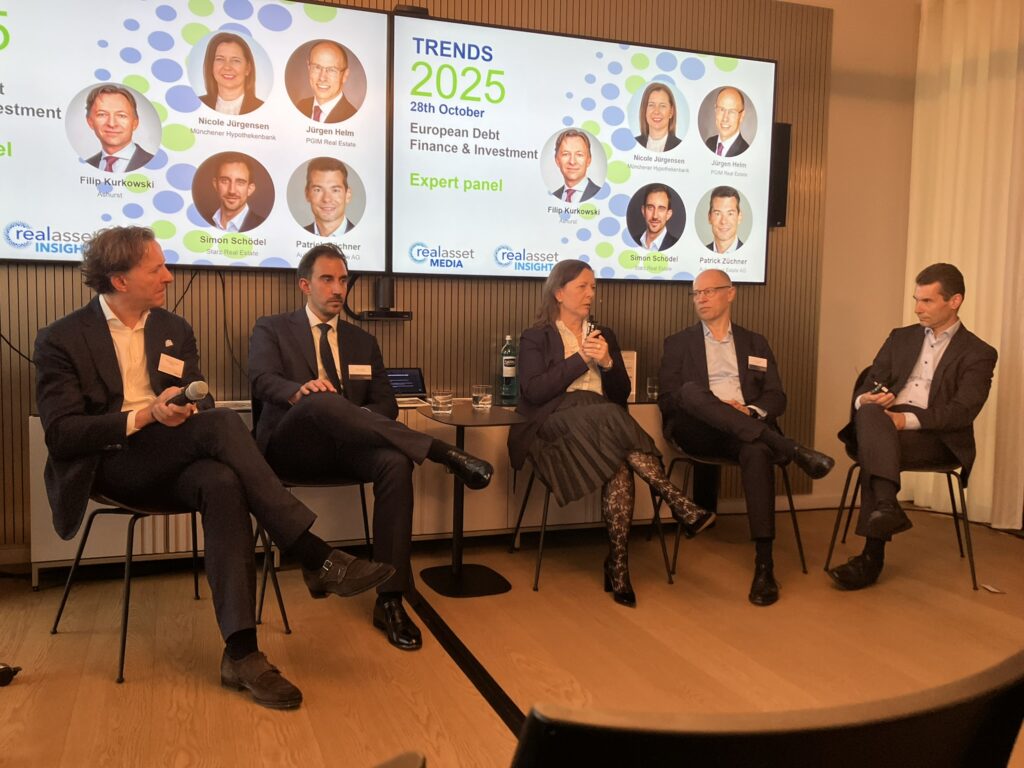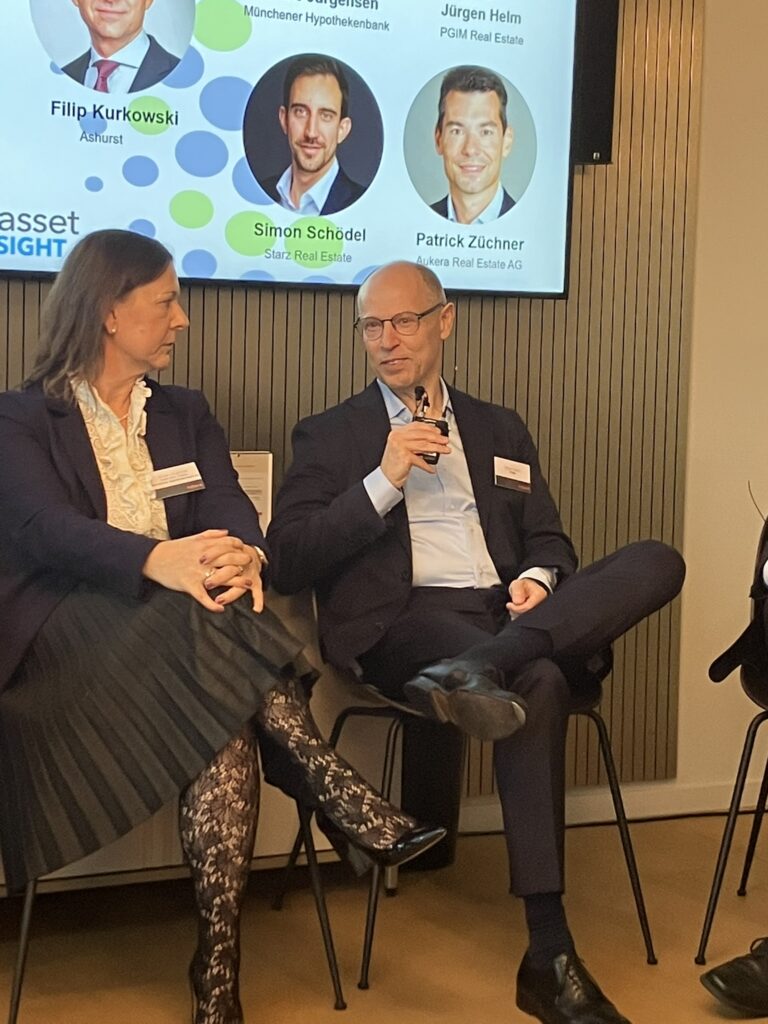“Debt lock” situations still haunt the German market
It will take a while to work through “debt lock” issues in the German market, delegates heard at Real Asset Media’s European Debt Finance & Investment briefing, which took place this week in Frankfurt, hosted by Ashurst.

“We must conclude that most of the security and the structures just didn’t work”, said Filip Kurkowski, Partner, Lawyer, Ashurst. “The underlying issue is that mezzanine came in with higher returns and second-rate security, but they were not prepared to take over the property. The funds that gave the money were closed and no one else was able to provide additional capital to stabilise the property, so we’ve ended up in a debt lock situation.”
Many loans with high LTV ratios have been difficult to refinance during the market downturn as interest rates rose and valuations fell.

“There is a lot of debt going into refinancing situations now in Germany”, said Jürgen Helm, Head of European Senior Debt Originations, PGIM Real Estate. “There are a lot of unresolved situations in the market that people are not able to make decisions on, because the German mezzanine market was different from others.”
Mezzanine capital stepped in to fill a financing gap, but it left the market vulnerable and with a lot of difficult situations to manage.
“It took one year to clear up the mess in one case”, said Patrick Züchner, CIO, Aukera Real Estate. “So-called mezzanine caused problems because ill-informed investors piled in. But people have learned from experience now.”
Now the availability of mezzanine capital has shrunk dramatically, lenders have become even more risk-averse and private debt funds are (selectively) stepping in.
“It is difficult to find new deals as the focus is very much on refinancing”, said Nicole Jürgensen, Head of CREF International Clients, Münchener Hypothekenbank. “I hope this will change. Dealing with the same old files is dull, we need new transactions.”

More banks and debt funds are turning to back leverage, which involves borrowing from third-party lenders to partially finance loans made to borrowers and provides additional liquidity and the possibility of making more investments.
But caution is needed, said Züchner: “We have chosen not to use back leverage at all to avoid additional risk. Instead, we concentrate on smaller volumes, the €10-15 million niche which is a diversification play for us. We create a nice portfolio of smaller ticket sizes.”
“A lot of people took risks without realising what they involved”, said Simon Schödel, Vice President, Starz Real Estate. “New players can come in, as it opens up opportunities for investors who are interested in stranded assets.”
There is money available for most types of lending, but there are limits, said Helm: “New lenders don’t want to solve the problems created by old lenders. The hopeless refinancing cases are the problem.”
There is a real mismatch in the market, as lenders queue up to finance a core or core plus asset, but no one will refinance a good property that needs capex.
Something’s got to give, said Helm: “Our capital needs to be more flexible about capex financing, because there are so many existing buildings that need a lot of capex in the financing round.”
If investors buy a dated asset with good ideas on how to improve it and make it greener they need an acquisition loan for the property plus a substantial capex loan, but that is difficult to obtain.
“At the moment the market is still mainly about refinancing and closing the financing gap, rather than about upgrading the asset or making it ESG-compliant”, said Kurkowski. “People are desperate, and banks should come up with new products with higher risk/return profiles. We see cheaper money from debt funds, but not much action from senior German banks. New products could help solve some of the issues in the market.”
There are obstacles to banks broadening their product range, said Jürgensen: “They may add new asset classes, but they will not move up the risk curve, partly because they have regulators breathing down their necks.”



